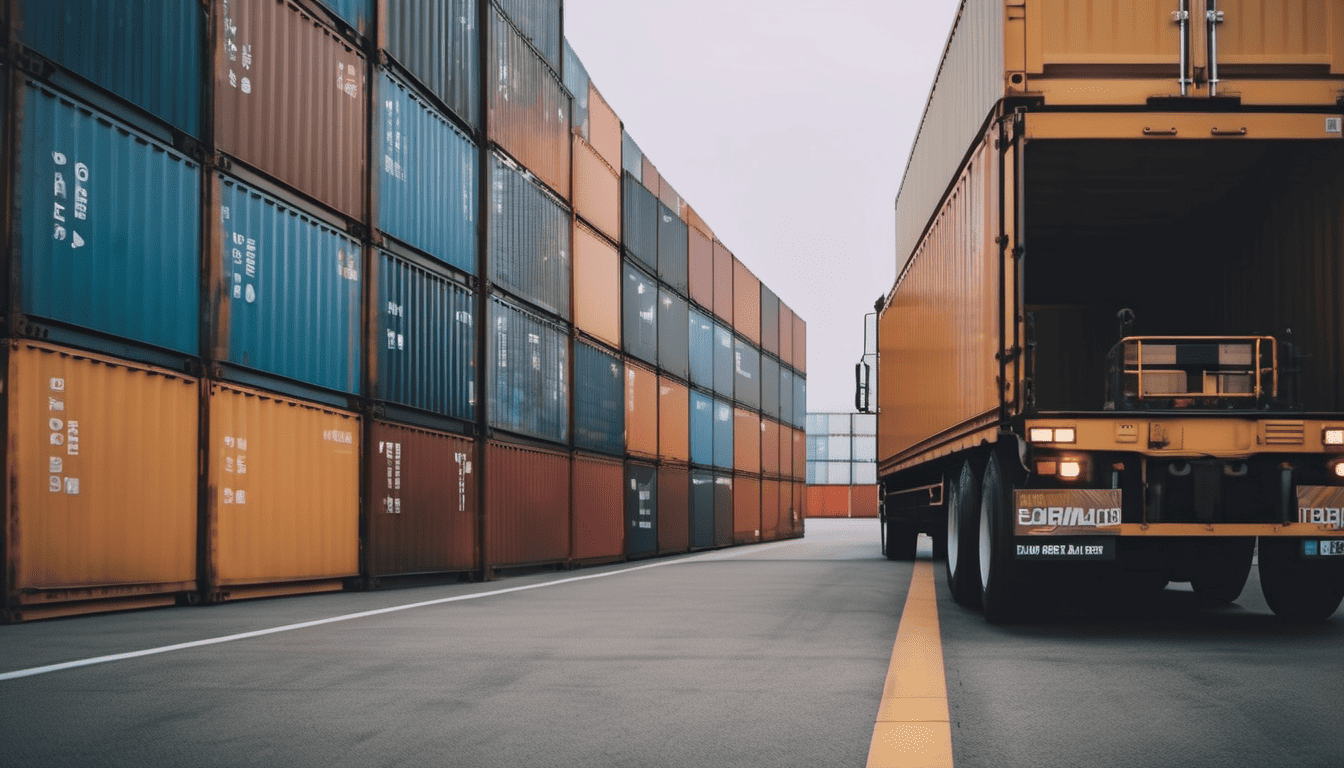Batteryless IoT: A Transformative Leap in Technology
Overview of Batteryless IoT
Batteryless IoT represents a significant advancement in the realm of connected technologies, marking a new era of seamless data transfer and connectivity. This technology hinges on the integration of sensors into various objects, enabling a wide range of functionalities and features. In essence, batteryless IoT involves the deployment of numerous sensors within an environment, allowing for real-time tracking of various parameters. This data-rich approach enables the optimization of system decisions at multiple levels.
The Mechanism of Batteryless IoT
The core of batteryless IoT lies in energy harvesting, a revolutionary concept that involves collecting stray electromagnetic energy from the surroundings and converting it into usable power. This method eliminates the need for batteries, addressing several challenges associated with traditional battery-powered sensors. Energy harvesting can be achieved through various means, including RF energy harvesting, solar energy harvesting, and piezoelectric energy harvesting.
Advantages of Batteryless IoT
Batteryless sensors offer numerous benefits over their battery-powered counterparts. They are more cost-effective, as they reduce the need for designing around a battery, thereby lowering material costs. Additionally, they require less maintenance due to the absence of battery replacements. This feature expands their applicability, allowing deployment in remote or hard-to-reach locations, such as inside the human body or in large-scale factory equipment.
Challenges and Future Prospects
While batteryless IoT presents a promising future, it also faces challenges, particularly in terms of scaling up to larger devices and ensuring consistent energy harvesting in varied environments. However, ongoing research and development in this field are expected to address these challenges, paving the way for a more sustainable and efficient technological landscape.
Real-World Applications in Transportation
In the transportation sector, batteryless IoT can revolutionize various aspects, such as traffic management, logistics optimization, and efficient parking systems. By leveraging real-time data and reducing operational costs, batteryless IoT can significantly enhance the efficiency and sustainability of transportation systems.
The transportation industry is increasingly adopting Internet of Things (IoT) technologies to transform various aspects of its operations. Here are some real-world examples of batteryless IoT applications in the transportation sector:
- Freight Monitoring: A significant investment in IoT within the transportation industry is directed towards freight monitoring. Vehicles used for freight and public transportation are now commonly equipped with sensors. These sensors are utilized for various purposes, including scheduling maintenance, optimizing fuel consumption, and training drivers. They can also monitor operating or driving behavior, which is useful for insurance purposes.
- Temperature Monitoring for Shipping Vehicles: IoT is being used to connect shipping vehicles with temperature sensors. This is particularly important for ensuring that goods, especially food items, are transported under safe conditions.
- Hazardous Freight Monitoring: The transportation of hazardous materials is being made safer with the use of IoT sensors. These sensors can measure various parameters such as heat, vibration, and sound frequency, ensuring the safe transit of these materials.
- Supply Chain Logistics: IoT technologies are being integrated into the supply chain logistics and fleet management, particularly in the transportation of goods by trucks or trains. This integration helps in optimizing the logistics process.
- Public Transit Communication: IoT is also being used in public transit systems to communicate with riders about train and/or bus schedules, enhancing the efficiency and reliability of public transportation.
Conclusion
The advent of batteryless IoT heralds a transformative shift in the way we approach connectivity and data management across various sectors, with a particular impact on the transportation industry. By harnessing energy harvesting technologies, batteryless IoT devices offer a sustainable, cost-effective, and maintenance-free solution, overcoming many limitations of traditional battery-powered systems. This leap forward not only enhances operational efficiency but also opens up new possibilities for innovation and application.
The transportation sector, as highlighted, stands to benefit immensely from these advancements. From freight monitoring to public transit communication, the integration of batteryless IoT devices is set to revolutionize the industry, offering more reliable, efficient, and environmentally friendly solutions. The ability to monitor and manage transportation systems in real-time, without the constraints of battery life, paves the way for smarter, more responsive, and adaptive infrastructure.
However, the journey towards a fully integrated batteryless IoT ecosystem is not without its challenges. The need for consistent and reliable energy harvesting in diverse environments, along with the scalability of these technologies to larger devices, remains a crucial area of focus. As research and development continue to advance in this field, we can anticipate more robust, versatile, and efficient batteryless IoT solutions.
The future of batteryless IoT is bright and holds immense potential for transforming not just transportation but numerous other sectors. As we move towards a more connected and sustainable world, the role of batteryless IoT will be pivotal in shaping the next generation of smart technologies, driving innovation, and fostering a more interconnected global community.




